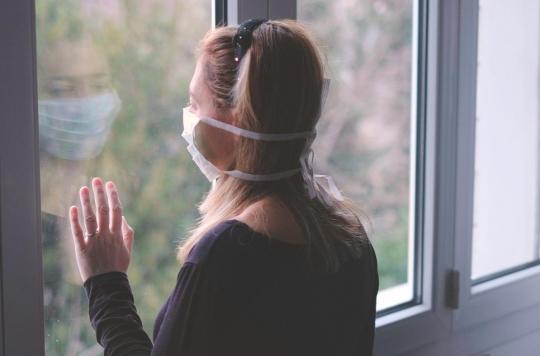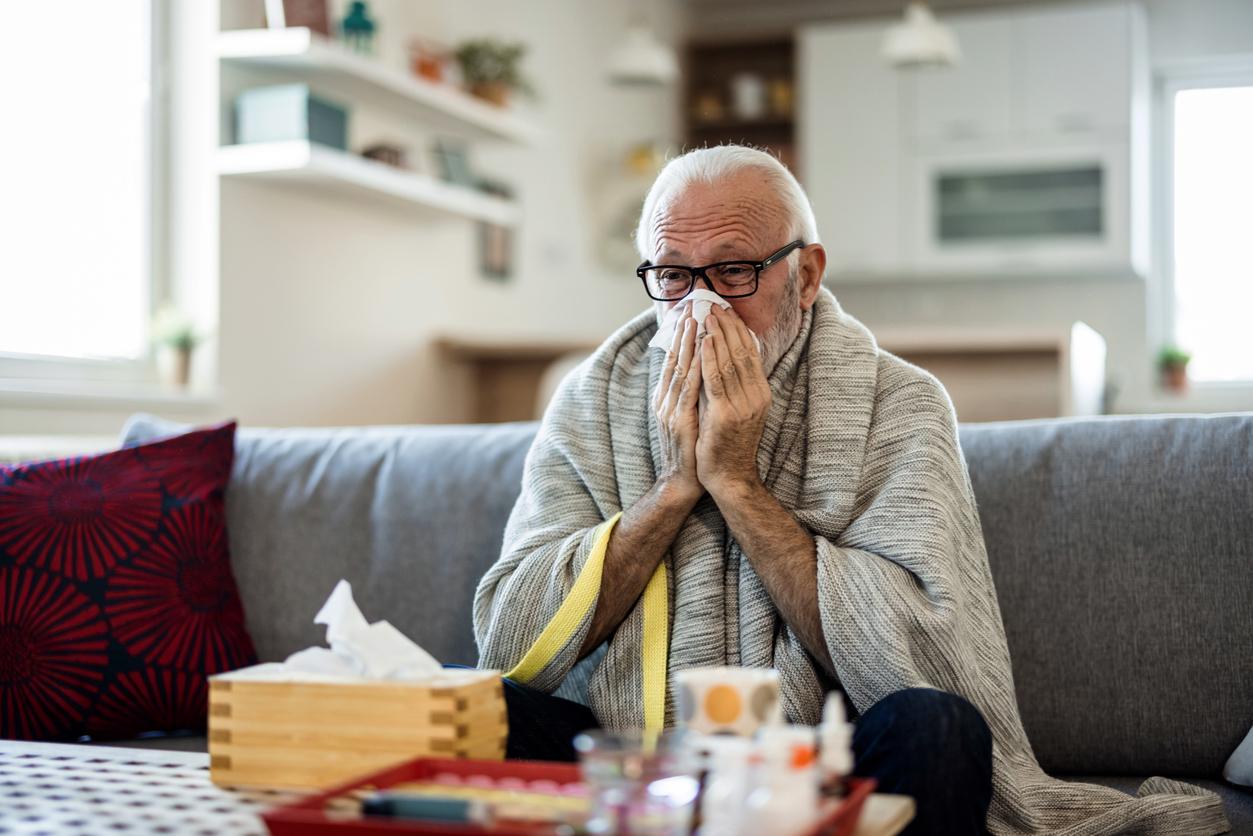On Wednesday evening, Emmanuel Macron announced the establishment of a new national confinement for a minimum period of 4 weeks. According to some, it could take between 8 and 12 weeks to manage to contain the second wave. In Melbourne, Australia, a 110-day lockdown has nearly eradicated the virus.

- Emmanuel Macron would have announced a 4-week confinement so as not to rush public opinion.
- The second wave promises to be more violent than the first.
- In Melbourne, Australia, 110 days of confinement resulted in no more positive cases.
Since today, France has entered a second confinement, scheduled until December 1, at least. In reality, it could be longer. The executive is reportedly considering a duration of between 8 and 12 weeks, according to reports fromEuropean 1, or until the end of January in the worst case. The objective is to contain the second wave which is currently sweeping the territory and which is announced to be worse than the first by many doctors as well as by President Emmanuel Macron during his speech last Wednesday. The announcement of a minimum duration of 4 weeks, initially, would be a matter of social acceptance so as not to immediately ask the population to give up meeting for Christmas and New Year’s Day.
A second wave harder than the first
Last spring, the first version confinement lasted 55 days, or almost 8 weeks. Its effects on the epidemic are undeniable. The reproduction rate of the virus, the R0, fell from 3.3 to 0.5 and transmission of the virus was reduced by 84%. Hospitalizations and admissions to intensive care have been drastically reduced, as well as the number of deaths since no less than 3 million deaths would have been avoided at European level, according to figures from Imperial College London.
With this reconfinement, the government wishes to obtain the same effects. They hope for a reduction in the circulation of the virus, an unclogging of hospitals and a reduction in the number of deaths. Unlike last March, on the eve of the first confinement, the situation seems more difficult. The number of daily cases, officially estimated at around 50,000, is much higher and, above all, the virus is now present everywhere in the territory when it was mainly localized in certain regions last spring. The lights are red and doctors predict that the number of hospitalizations could exceed the levels reached during the first peak. “We will have more people hospitalized than during the first wave. (…) We are going to exceed the number of hospitalizations in the spring, which was 32,000 at the peak, we are already at 17,000 and we are going to go higher”, estimated Renaud Piarroux, head of the service at the Pitié-Salpêtrière in Paris, to BFM-TV.
The example of Melbourne: 110 days of confinement and almost no virus
During our summer, when it was winter in Melbourne, the inhabitants were plunged into a confinement, which did not lift until Tuesday October 27, which therefore lasted 110 days, which was double the phase 1 confinement in France. The virus was then actively circulating and the city decided to take a drastic measure to contain it. “I’m pretty proud of what we’ve accomplished herewelcomed Professor Sharon Lewin, director of the Doherty Institute in Melbourne, to the BBC. Ihe result was extraordinary – not without pain, however..”
Monday, October 26, the Australian city reported no new cases, a first since last June, when it recorded more than 700 per day at least in August. “We had absolutely no choice but to engage in a major lockdown if we wanted to join the rest of the country, and that motivated us”, replaces the professor. There, there is now an optimism, which remains cautious, that the worst is over and that life will be able to resume its course.

.















